Siemens smashes efficiency records
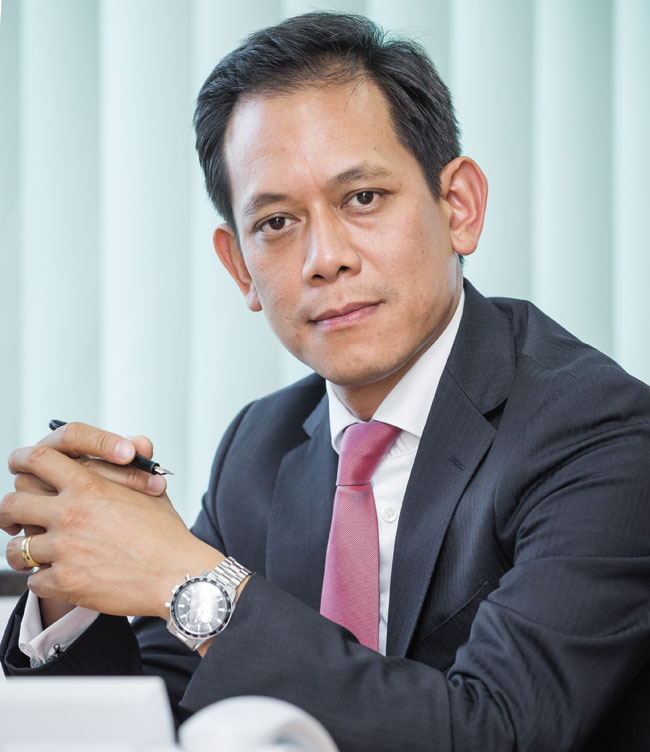 |
Siemens recently announced that the company has set three world records at the Lausward combined cycle power plant in Düsseldorf, Germany. What are these records?
During the test run, the “Fortuna” unit achieved a maximum electrical output of 603.8 megawatts, which is a new record for a combined cycle plant of this type in a single-shaft configuration. A new world record of around 61.5 per cent for net power-generating efficiency was also achieved, resulting in CO2 emissions of 230 grammes per kWh when operating in simultaneous district heat extraction. By way of comparison, Germany’s entire electricity mix (including renewable sources of energy) produced average emissions of 609g per kWh in 2014. The Lausward facility also delivers the most thermal energy (up to 300MW) – in the form of hot water – of any combined heat and power (CHP) power plant.
Although world records are nice, they can’t always guarantee that a plant will be profitable. What can Siemens do to help its customer, the utility company Stadtwerke Düsseldorf AG, to stay economically competitive?
It is true that despite Germany’s energy transition, electricity from coal and nuclear power is still so cheap that it forces even ultra-modern gas-fired power plants out of the market. At the same time, energy generation based on fossil fuels is more and more being complemented with and substituted by renewable sources such as wind, solar, or biomass. Hence, in order to play an essential part in the energy mix of today and in the future, we need a power plant that combines a number of features: it must be highly efficient, flexible, environmentally friendly, and cost-effective. We have worked alongside Stadtwerke Düsseldorf AG to bring about this flagship project, one that is set to make a crucial contribution to the changing face of energy generation.
Alongside maximum output, maximum efficiency, and the best use of waste heat, the Fortuna unit at Düsseldorf combined cycle power plant also boasts an overall natural gas efficiency factor of approximately 85 per cent, and offers exceptional combined heat and power opportunities. The heat arising from the power generation process can thus be utilised efficiently as well.
The facility’s flexibility is greatly boosted by the fact that its 445-tonne gas turbine can run at its full load in less than 25 minutes after a hot start, enabling it to be used as a backup for renewable-based power production. This flexibility supports the operators in efforts to achieve economical operations in a challenging environment for conventional power plants.
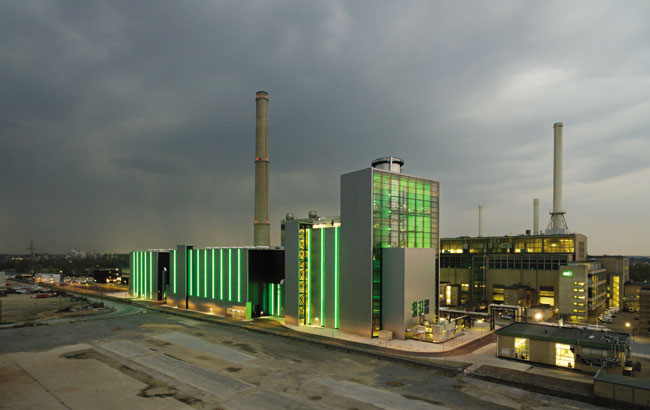 |
| The breaking of records at Düsseldorf’s Fortuna unit, has wide-reaching implications for power generation in Vietnam where energy demands are rising dramatically |
Siemens is also using a co-start feature to significantly increase the entire power plant’s flexibility. Instead of starting with a delay, as was the case in the past, the steam turbine now starts up along with the gas turbine. It also increases its output at the highest rate possible until it reaches its full load. If electricity needs are low, the facility can reduce its output to 35 per cent capacity. In most power plants, such a reduction would cause emissions of carbon monoxide and other pollutants to rise sharply. However, this is not the case with the Lausward facility, because Siemens engineers have developed a new system called the “Clean Range System”, which keeps emissions below statutory limits even when the power plant is running at low loads. Moreover, they have also developed “Flex-Ramp” technology, which enables output to be changed quickly by up to 55MW per minute.
With an efficiency level of 61.5 per cent, the power plant achieves CO2 emissions of 320g per kWh, equivalent to about one third of the amount emitted per kWh by the existing fleet of EU coal-fired power plants. And with a fuel efficiency of 85 per cent, it is set to save approximately 30,000 tonnes of CO2 per year – the equivalent of the annual CO2 emission of about 15,000 medium-sized cars with an annual mileage of approximately 15,000 kilometres per year.
However, an important factor in enabling the power plant to be profitable in the challenging German power market is its advantage of being used for district heating. For instance, hot water from the plant is channeled to the Vodafone Campus, a large office complex for 5,000 employees on the other side of the Rhine. The temperature at the front blades of the Fortuna plant’s gas turbine is around 1,500 degrees Celsius, and its waste heat is extracted by a downstream heat exchanger to power a steam turbine and generate additional electricity. The steam turbine is located along the same axis as the gas turbine and the generator. The steam from the steam turbine is channeled through three thick pipes to heat exchangers in the adjacent building. From there, hot water (at more than 95 degrees Celsius) flows through an insulated pipe underneath the Rhine River to downtown Düsseldorf.
On days when sufficient electricity is available from solar and wind power systems, the Fortuna facility is operated in a heat-controlled mode to maximise waste heat. A 40-metre-high tank is also being built to hold 35,000 cubic metres of water. In winter, the tank will be able to store hot water for several days, enabling the power company to freely decide which mix of electricity and heat the Fortuna unit should supply.
So how about Vietnam? What has Siemens been doing to help improve the power supply in here?
A reliable energy supply is crucial in growth regions like Vietnam: The more reliable the energy supply, the more the economy can flourish and compete internationally – which ultimately translates to greater prosperity. Vietnam is one of Southeast Asia’s most rapidly growing economies. The demand for electricity in Vietnam is expected to soar by as much as 14 per cent a year until 2020. However, due to insufficient capacity, the country is still plagued by unreliable supply. Vietnam’s energy master plan for 2011-2015 with a vision to 2030 calls for its present capacity to be more than doubled by 2020. To cope with this demand is the pre-requisite for Vietnam to continue the path of successful economical growth and to become an industrialised nation in the near future. It is truly a very challenging task for state-owned Electricity of Vietnam (EVN) and other investors in power generation. But, this is where Siemens can help the most.
The total installed electricity capacity of Vietnam by the end of 2015 was about 34GW, and Siemens contributed more than 12 per cent of the total generated electricity. We supplied ten large gas turbines for gas-fired power plants. Combined cycle power plants (CCPP), such as 740MW Phu My 3, 1,500MW Ca Mau 1 and 2, and 750MW Nhon Trach 2, are among the most efficient and environmentally friendly power plants in Vietnam. In particular, Nhon Trach 2 CCPP, which was built together with the local turnkey contractor LILAMA, made the remarkable achievement of having a short construction time, stable operation, as well as having one of the most efficient and cost effective power plants.
We are committed to bringing our lastest state-of-the-art technology and our best service to Vietnam to help our customers ensure a reliable energy supply for Vietnam’s sustainable economic growth. And we deliver what we promise!
What the stars mean:
★ Poor ★ ★ Promising ★★★ Good ★★★★ Very good ★★★★★ Exceptional
Latest News
More News
- Samsung returns to top of the smartphone market: industry tracker (April 16, 2024 | 18:00)
- VitaDairy partners with KPMG Vietnam on digital transformation (April 16, 2024 | 16:38)
- Boeing says testing of 787 proves aircraft is safe (April 16, 2024 | 16:00)
- PwC rejects allegations on Evergrande audit (April 16, 2024 | 14:39)
- Vietnam’s agricultural products appeal to foreign customers (April 15, 2024 | 17:04)
- Businesses press for EPR guidelines (April 15, 2024 | 17:00)
- Planning for 30 airports to complete by 2025 (April 15, 2024 | 16:56)
- Apple announces Vietnam spending boost as CEO visits Hanoi (April 15, 2024 | 15:59)
- Norway stands ready to collaborate with Vietnam in EPR policy and practices (April 15, 2024 | 15:00)
- Accelerating Vietnam’s journey towards 5G (April 15, 2024 | 13:57)



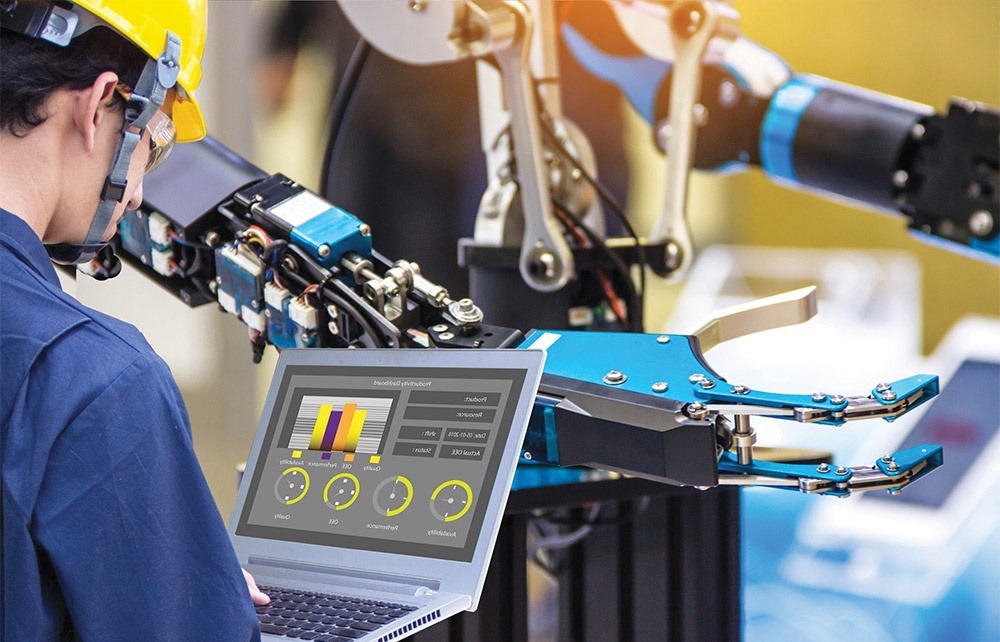

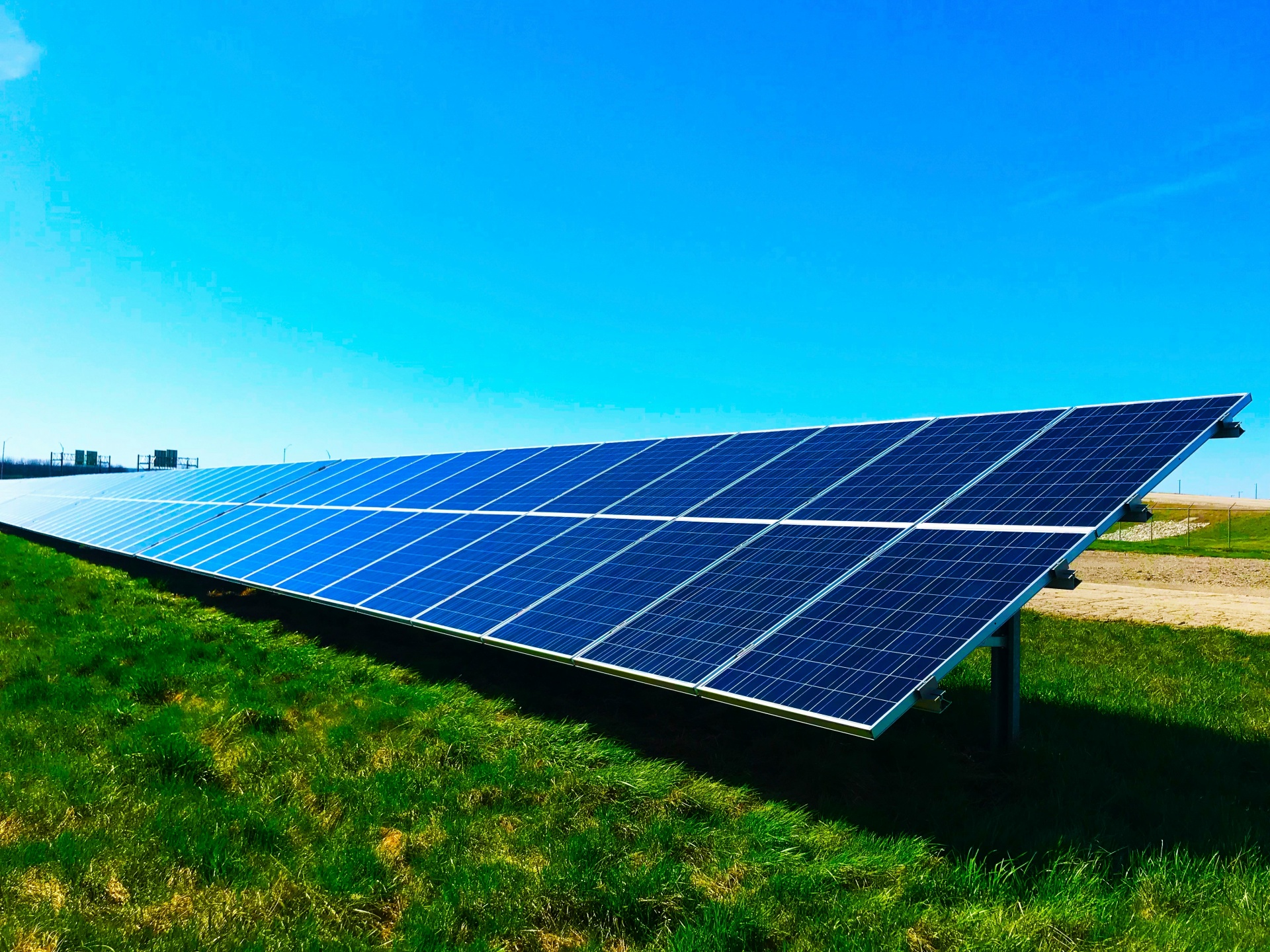

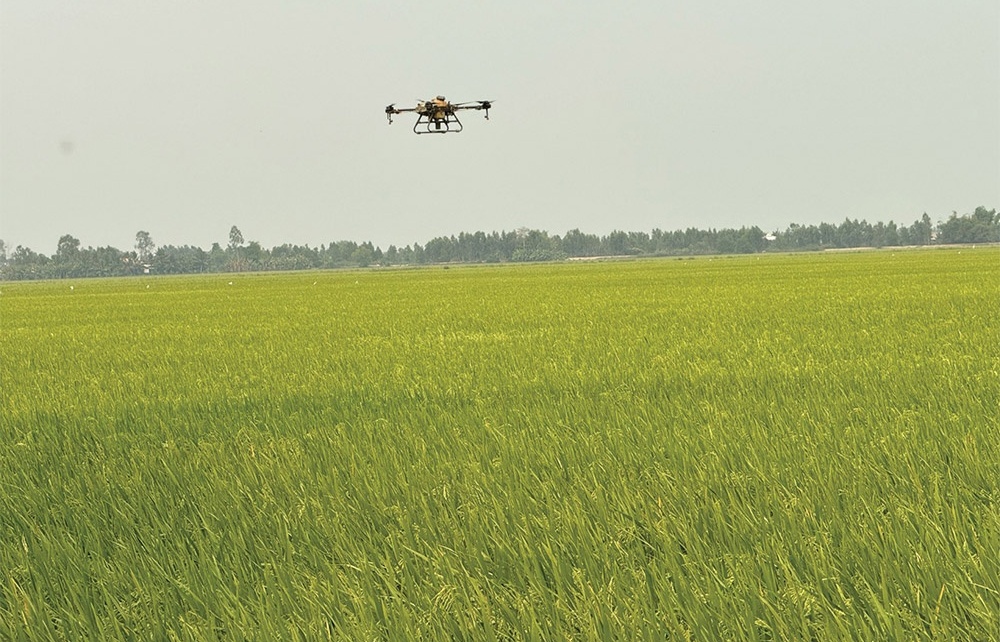
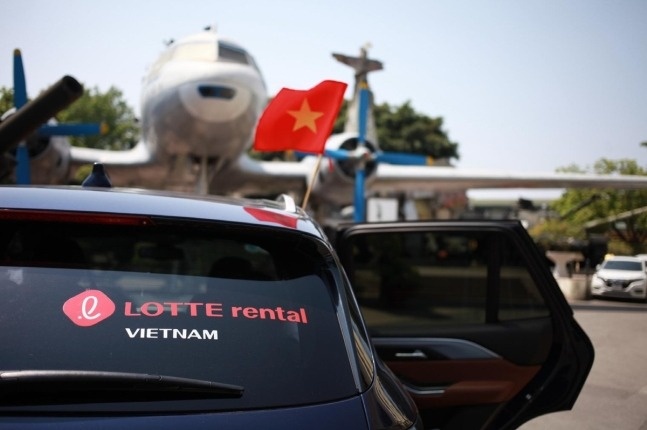


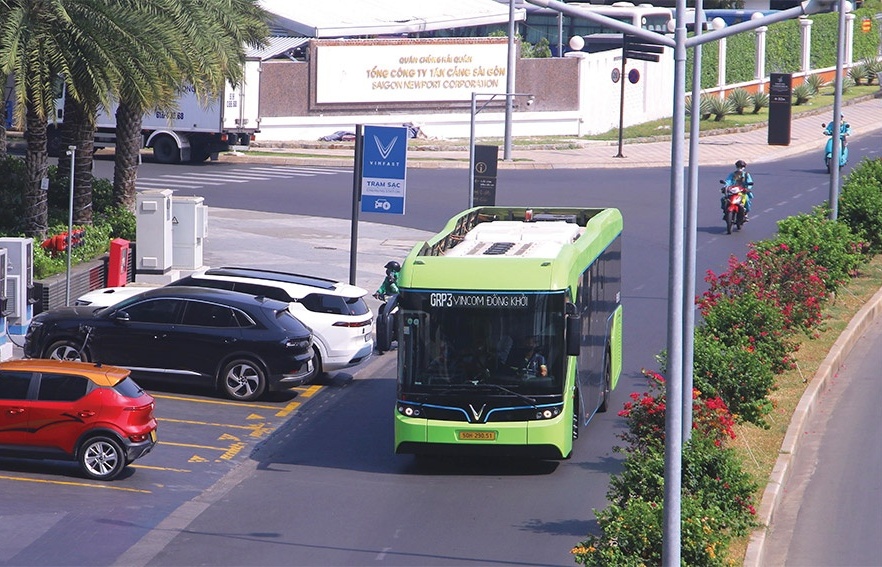
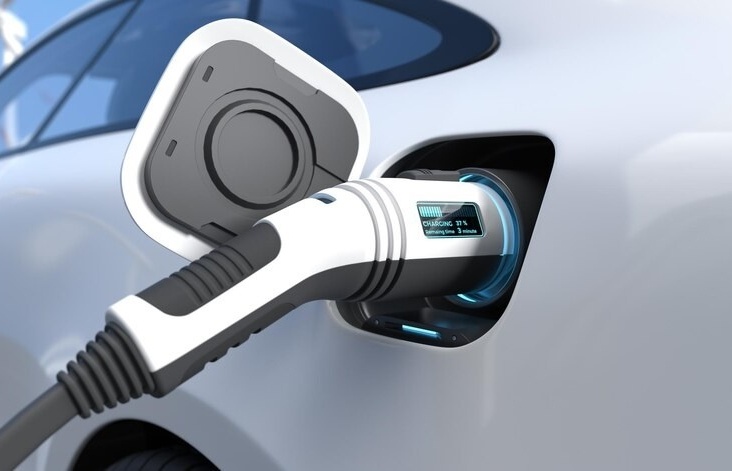
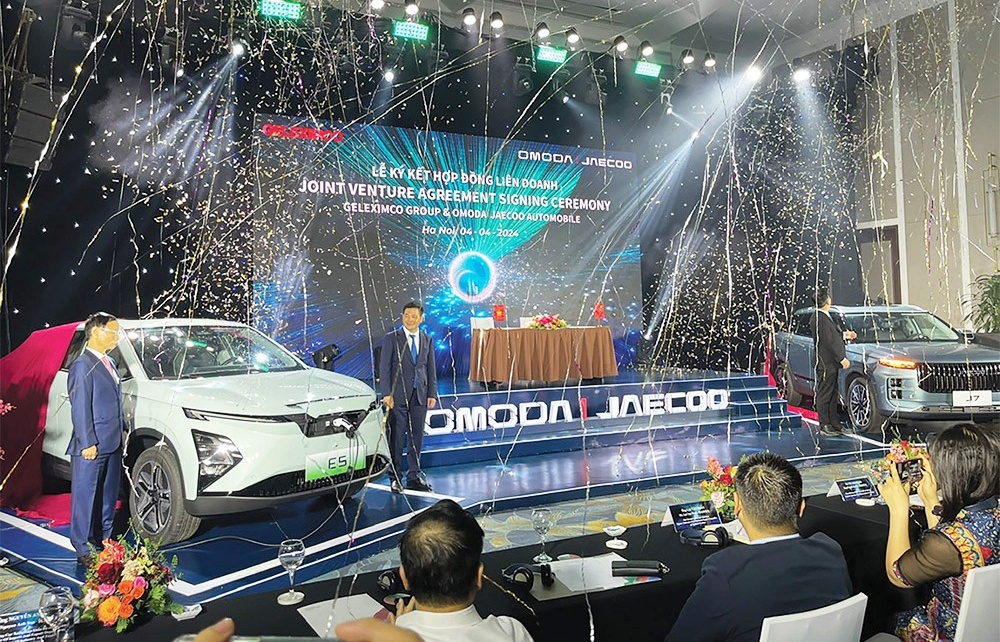
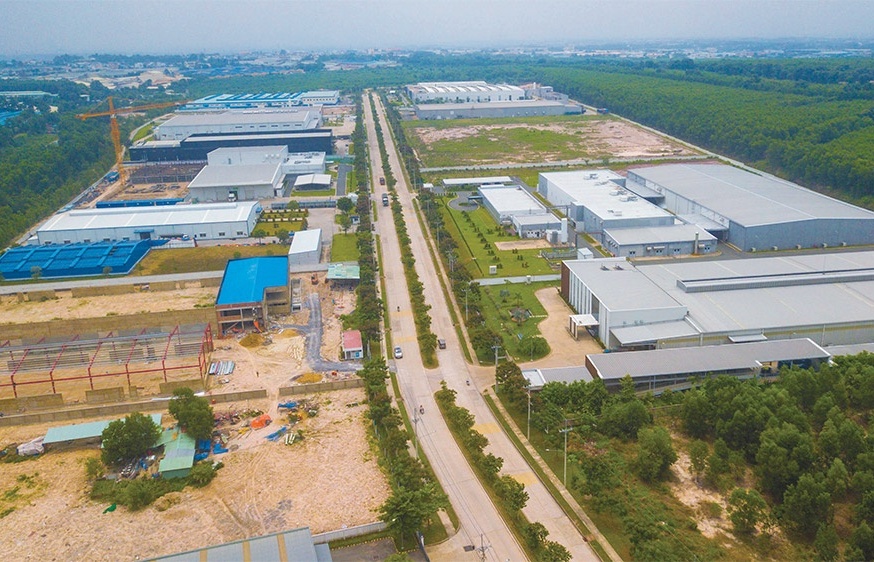



 Mobile Version
Mobile Version